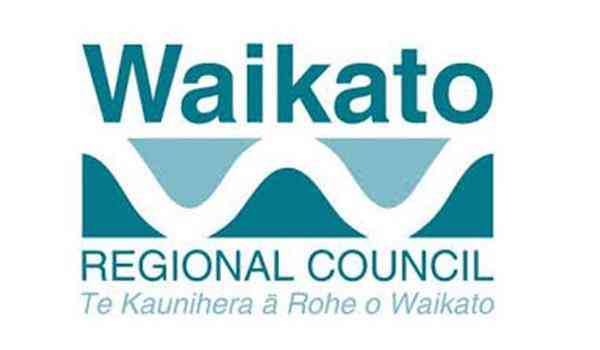Waikato Regional Council news
More than $1 million from the Waikato Regional Council disaster reserve fund is being used to help fix rainfall and flood-related damage caused by the three major weather systems that hit the region on the trot earlier this year.
A report to today’s integrated catchment management committee meeting also warned that the saturation of catchments caused by those events has left the region even more vulnerable over winter.
Heavy rain bands termed “Tasman Tempest” hit the region in March followed by the impacts of ex-tropical cyclones Debbie and Cooke in April.. Rainfall was up to 450 per cent of the normal March average and up to 317 per cent of April averages.
The prolonged period of heavy rain resulted in “highly saturated soils and challenging flood management conditions”, with farmers on the Hauraki Plains particularly impacted as rivers rose to very high levels. The Waihou River at Te Aroha recorded its highest April levels ever and average levels for the Waikato River at Hamilton and Rangiriri exceeded previous maximums for the month.
While NIWA is predicting normal or below normal winter rainfall levels, the current elevated river levels and saturated catchments mean affected areas are at risk from “further high flows and flooding issues even given relatively moderate rainfall events”, the report said.
The exceptional nature of the March and April events meant it was appropriate to use the disaster reserve to fund the council’s response, involving a total of $1.16 million in spending.
In the Waihou-Piako zone in eastern Waikato a total clean up and repair bill of just under half a million dollars is expected. Some $265,000 is due to be spent in the Waihou catchment on clean up work and fixing flood control assets, while in the Piako catchment around $230,000 will be spent.
More than $460,000 is to be spent in the Lower Waikato River zone and just over $200,000 in the Coromandel zone.
The committee’s joint chair north Stu Husband said the significant costs and potential future risks highlighted the need for tight management of flood control assets and flood response systems.
“Flood protection is a hugely significant part of the council’s work. We are currently reviewing all the impacts of the high rainfall, and how flood protection assets worked, so we are better placed to manage risks going forward.
“What I am proud of, however, is the huge amount of effort that went in from council staff – working with partner agencies including farming organisations – to help manage and recover from the impact of these floods.
“We are committed to continuing to work closely with our partners as we review our flood management and response systems so we are best placed to manage and respond to future risks.
“In the meantime, our regional hazards team will be keeping a close eye on weather forecasts, as well as river and soil moisture levels, and providing prompt advice on any potential hazards as winter progresses.”
